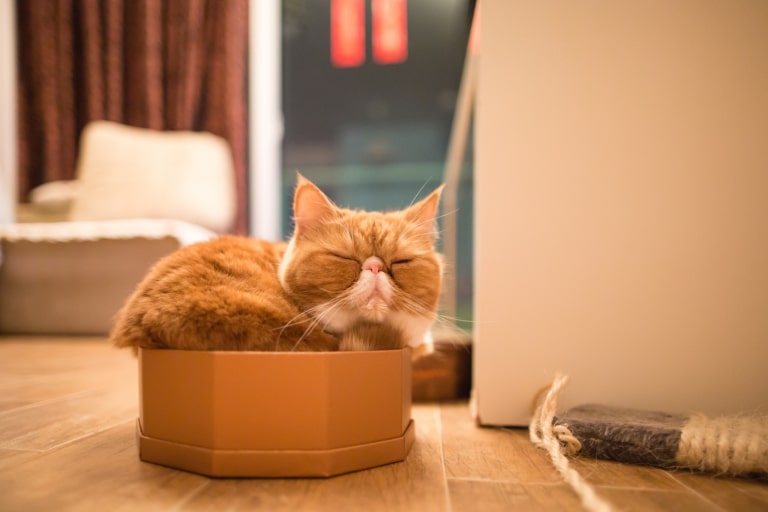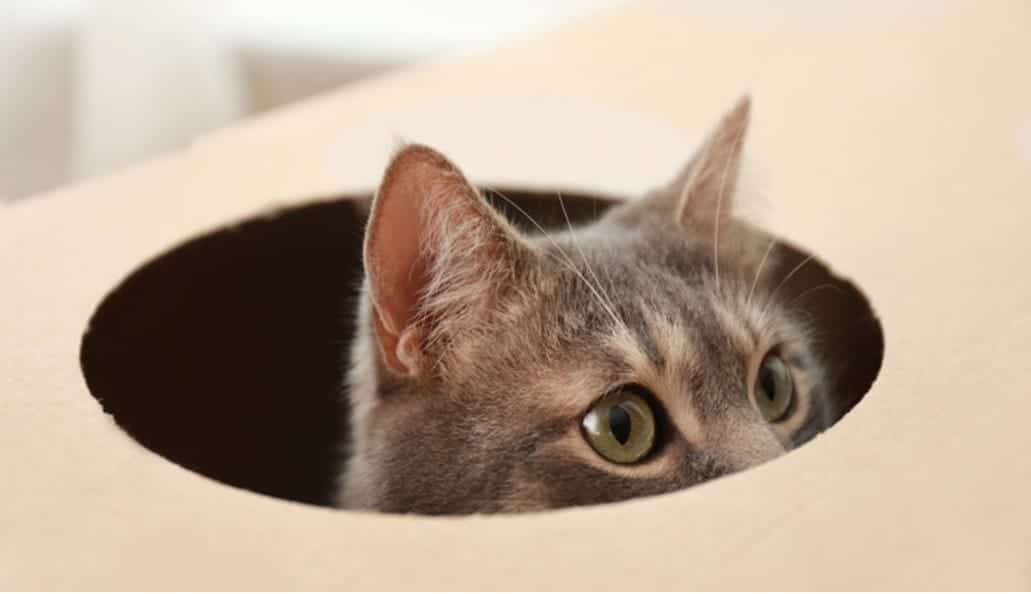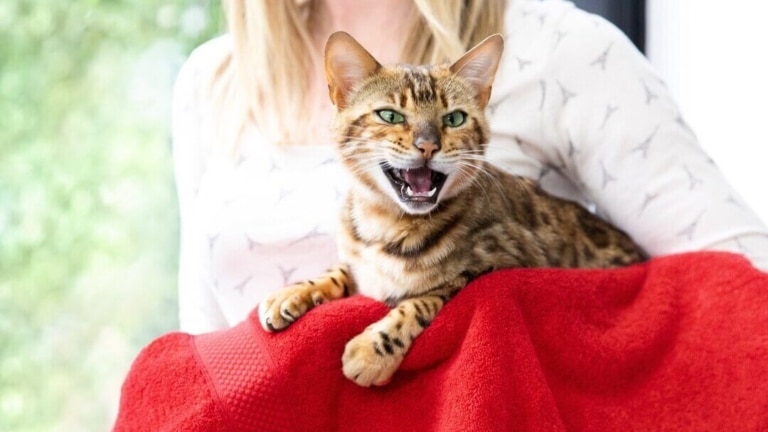Almost every cat owner has encountered this situation – cats may ignore expensive beds and fancy houses, but they eagerly climb into an ordinary cardboard box and spend hours there. Why is that? The answer lies in their instincts, comfort, and natural curiosity.
Predator Instincts
Even though cats have been domesticated for a long time, their hunting instincts remain strong. In the wild, cats hide in cozy spots to ambush prey while also avoiding danger. A box perfectly meets this need – it provides shelter from all sides, creating a sense of security. That’s why cats often choose boxes, especially in a new or stressful environment.
Enclosed spaces help them feel more confident, allowing them to observe their surroundings while staying protected. In the wild, cats use such spots for resting and hunting, while house cats use them for play and relaxation. This explains why a box becomes their little fortress – a place where they can suddenly pounce or simply sleep peacefully, knowing that no one can approach unnoticed.
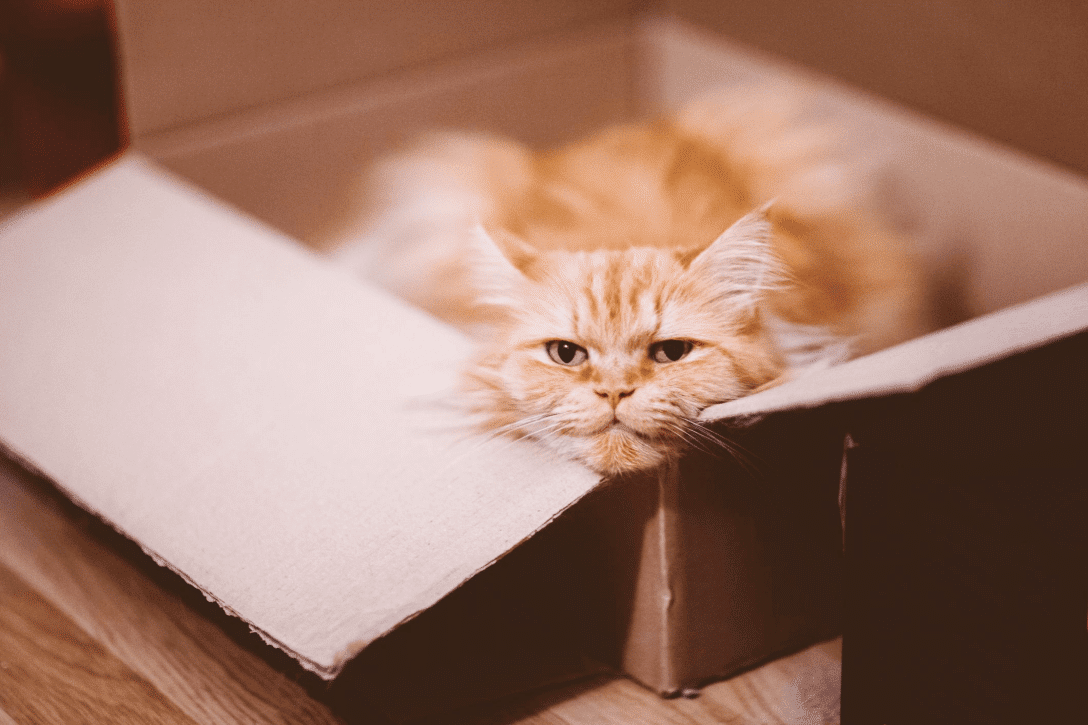
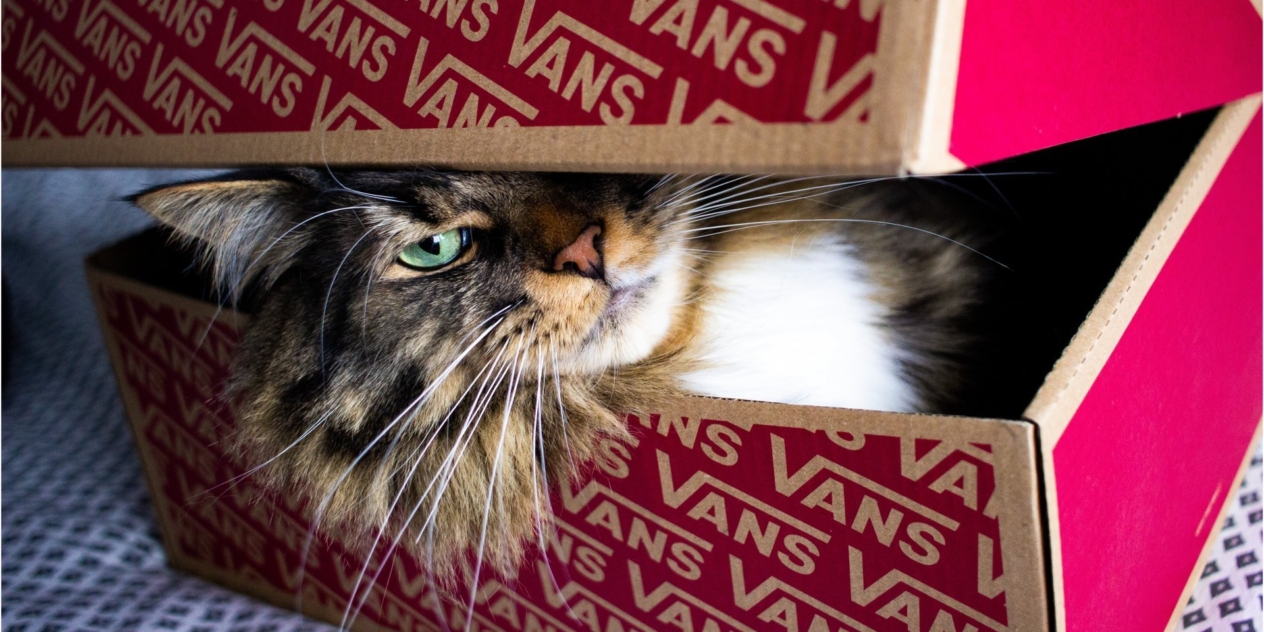
Comfort and Warmth
Another reason why cats love boxes is heat retention. Cats adore cozy spots where they feel warm and comfortable. Studies show that the ideal temperature for cats is higher than for humans—around 30-36°C. Cardboard is an excellent insulator that helps retain body heat, creating a snug cocoon.
A box also helps reduce stress levels. Research conducted by Utrecht University found that cats in shelters who had access to boxes experienced reduced stress levels faster than those without them. This further confirms that such cozy spaces play a crucial role in their well-being.
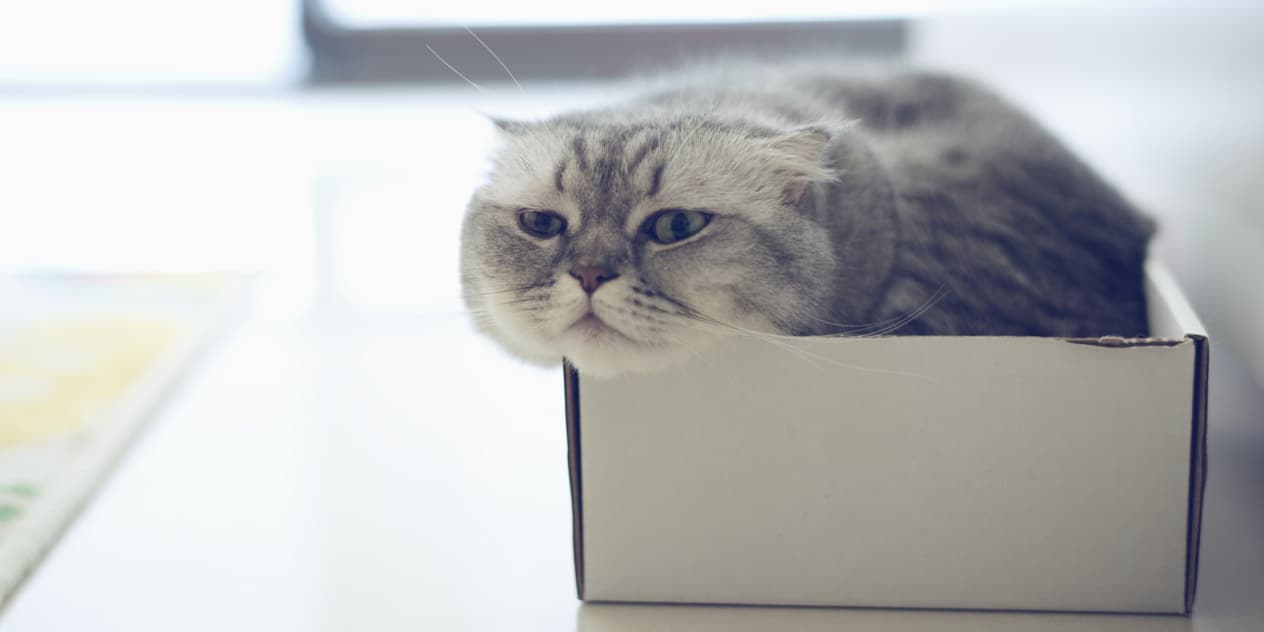
Curiosity and Playfulness
Cats are natural explorers. They love examining new objects, especially those with unusual shapes or textures. For them, boxes are not just shelters but also fantastic toys. They use them for hiding, jumping in and out, stalking prey (whether toys or even people), or simply scratching and chewing on the surface.
Additionally, boxes help cats adjust to new environments. If a cat experiences stress, such as after moving to a new home, a box can serve as a temporary safe haven where it can gradually get used to the new space.
Conclusion
A cat’s love for boxes is a combination of natural instincts, comfort, and playful behavior. They see a box as a secure hideout, a source of warmth, and an exciting object to explore. That’s why owners often notice that, despite getting a new toy or a cozy bed, their cat still prefers a simple cardboard box.
If you want to make your cat happier—just give it a box! It can become not only a favorite resting spot but also a great way to reduce stress and have fun.

